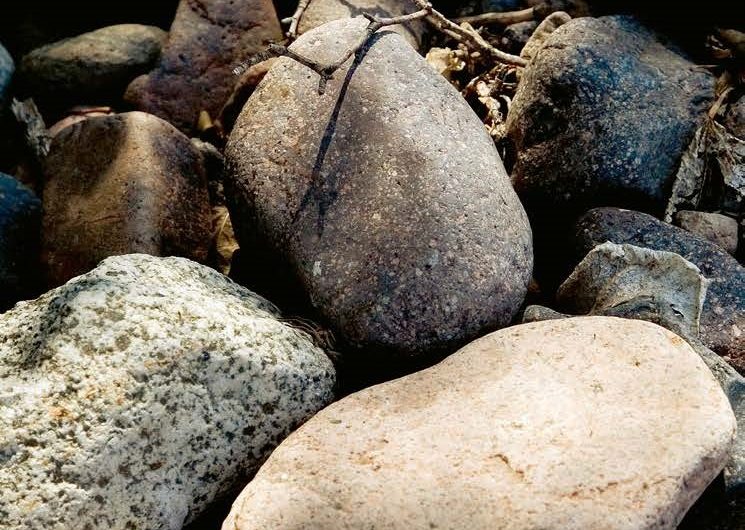Chacayes
And its terroir


You must be old enough to consume alcohol legally in your country of residence.
Enter in the websiteAnd its terroir

Uco Valley is an asymmetrical valley running from north to south around the Tunuyán River and its tributaries. Broadly speaking, it can be split into two macro-units: the foothills to the west (running down to graben) and the plains of Lœss (lime) to the east.
The foothills are a combination of various alluvial ‘fans’ with very steep slopes (up to 4%). These are gravel soils, interspersed with a network of streams and natural drainage.
These fans can be split into two families: those formed by rivers springing from the main mountain range (Tunuyán) which therefore transport coarse alluvial and colluvial deposits as well as fine elements, and those (like Chacayes) that come from rivers descending directly from the frontal range, bringing only hard, coarse rock (granite, rhyolite, andesite, etc.).
The formation of the Chacayes fan can be divided in the three stages. First of all, during the Pleistocene, watercourses deposited granite, rhyolite and andesite pebbles belonging to the Choiyoi Group. Then, during the Holocene (a drier period) there came wind deposits of silt and fine elements, known as the Zampal horizon in reference to a local geographic formation. And finally, during the most recent period, we saw the appearance of transient watercourses that randomly displaced and deposited these fine elements (Zampal horizon), creating an extremely heterogeneous network of soils.
Guillermo Corona, the geologist who studied our soils, identified three different profiles, primarily determined by the depth of the loamy sand (Zampal) horizon. The Arenoso alluvial profile (horizon 1), with the richest soils on the estate, is best suited to our many white varieties. The Arenoso fluvial profile (horizon 2) creates moderate water stress that enables our Cabernet Sauvignon to ripen slowly. And finally, the fluvial profile (horizon 3) where our fine Malbec and Côt terroirs can be found contains the estate’s most meagre, extreme soils.
Although this study has enabled us to identify three sets of soils, it should be noted that the dense network of transient water systems means very frequent, rapid transitions from one soil type to the next. This heterogeneity in our soils will affect ripeness even within a single plot. These ripeness gaps are the reason for the depth and complexity of our wines.
By Thibault Lepoutre – South America Director